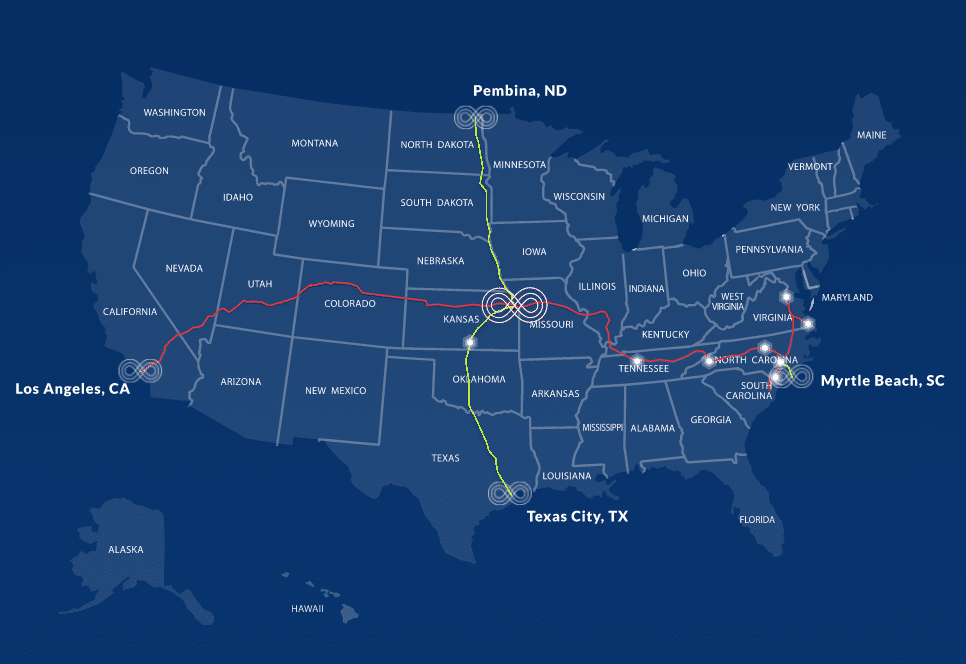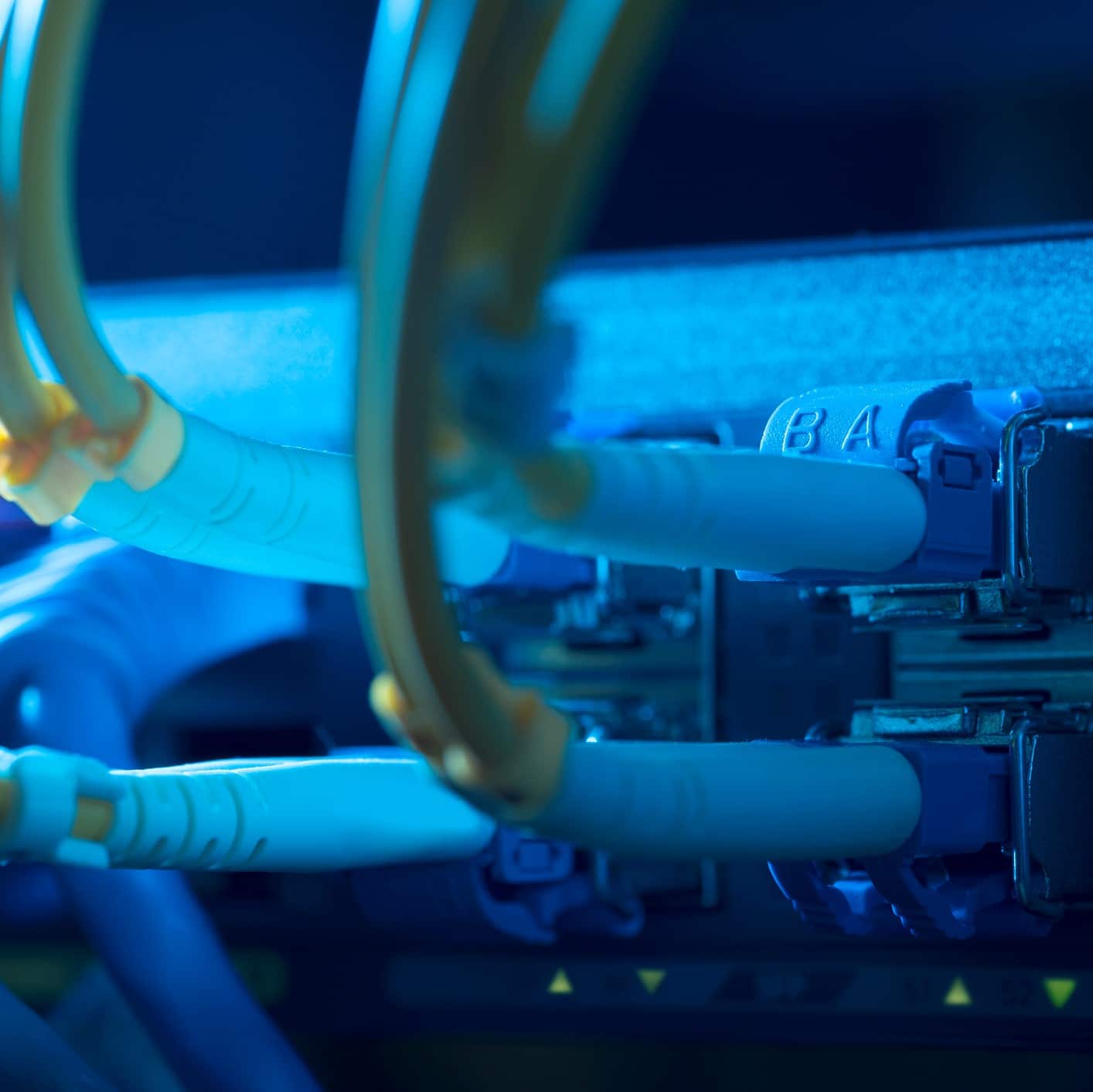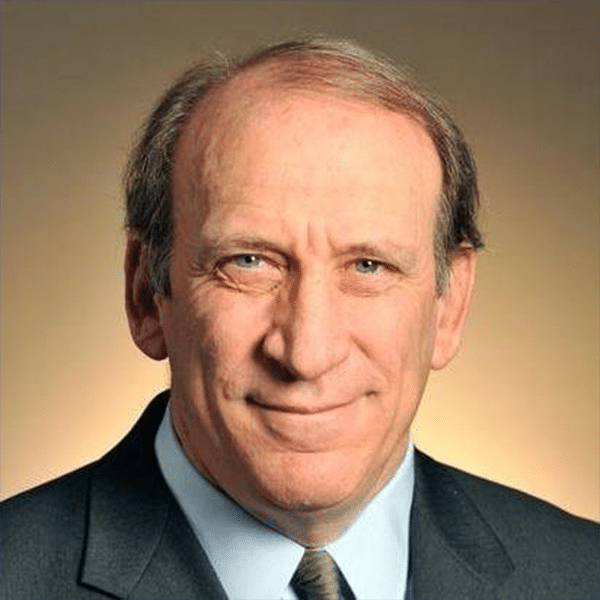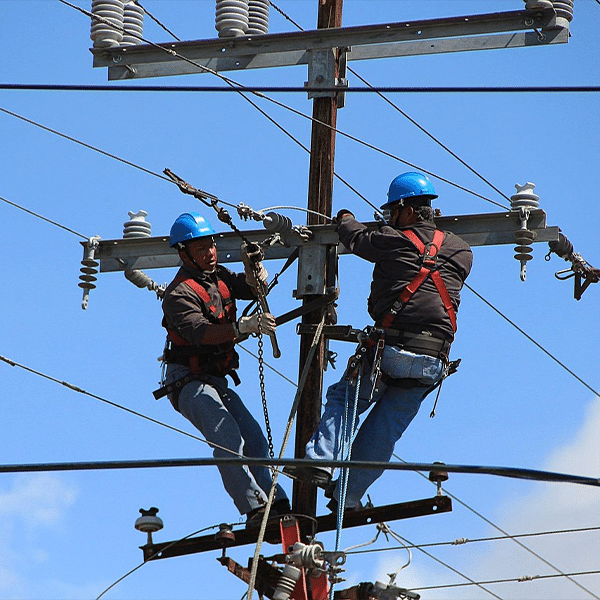A nationwide dark fiber transport network is under development by 3Red8, a company started two years ago that plans to use a wholesale open access approach. Telecompetitor talked with 3Red8 Chief Development Officer Mark Adams and 3Red8 Head of Strategy and Impact Tamara Rajaram about those plans, which include supporting broadband deployments to unserved rural areas and more.
“We hope to enable local, statewide and regional players,” said Rajaram. “As they connect to us, we could be the middle mile or we could be enabling the middle mile.”
The first phase of the planned network, connecting Ashburn, Virginia with Myrtle Beach, S.C., is on track to be ready for service by the end of next year, Adams said. The entire network is targeted for completion by 2027 at a cost of “hundreds of millions” of dollars, he noted.
The 3Red8 name refers to the triple-redundant figure eight network architecture that the company plans to use. Although Adams didn’t provide names, he said the company already has some hyperscale data center operators lined up to use the network and those companies require three geographically dispersed network connections to help ensure that connectivity isn’t interrupted. The network is designed to automatically reroute traffic in the event of a fiber cut.
Major service providers also are lined up to use the network, Adams said.
Plans call for deploying fiber along interstate highways, where possible, as well as along state roads.
“Interstate highways will be a hotbed” as autonomous vehicles become reality, said Adams. Supporting those vehicles will require an edge data center every mile or less, he noted. He also envisions supporting the data communications needs for electric vehicle charging systems.
According to Adams, the first autonomous vehicles to be available will be autonomous trucks that will follow the route of the Keystone oil pipeline from Canada southward through the U.S.—essentially the same route that the 3Red8 north-south route will follow. The company also plans an east-west route.

3Red8 Plans
The plans for 3Red8 are reminiscent of those of Allied Fiber, a company that tried and failed to build a nationwide dark fiber network about 10 years ago. When we asked Adams why 3Red8 expects to succeed where Allied Fiber didn’t, he said “10 years is a lifetime in this industry.”
He noted, for example, that federal highway system policies are more friendly now toward network operators and that “getting connectivity equitably for everybody” is now an important national policy goal. (Allied Fiber planned to use railroad rights of way for its network, which was planned as a ring.)
At least one aspect of the 3Red8 network is similar to what Allied Fiber had planned, though. Allied Fiber intended to allow operators to connect to the network at optical regeneration points located about every 60 miles along fiber routes, rather than requiring the operators to connect only in major metros – an approach aimed at making it more economical for operators serving less populous areas to connect.
With the same goal in mind, 3Red8 plans to allow operators to connect at huts located every 50 miles or at “numerous access points in between,” Adams said.
He noted that the company expects to reveal the identity of the entity providing funding for the first phase of the network later this year, adding that “we have all kinds of funding options for phase two and beyond.”
When we asked whether 3Red8 planned to pursue any of the government funding that is being made available for broadband, Adams said no, but added that Rajaram “is focused on working with communities so they can get the funding.”
“We want people to understand that the door is open,” Rajaram said.



